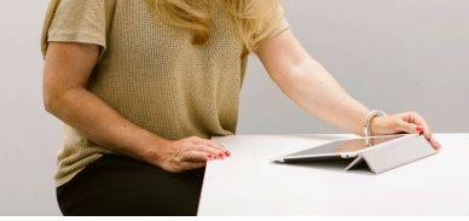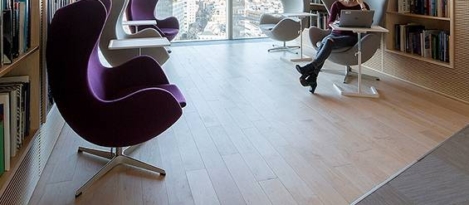October 8, 2016
Britain’s best offices + American workplace + Flexible working hierarchy 0
 In this week’s Newsletter; Anna King reflects on the fact that offices seem to be morphing into homes, and homes are, conversely, functioning as places of work; Tar Tumber warns that being pregnant and suffering discrimination or redundancy is not at all unusual; and Mark Eltringham argues we have to find a way of dealing with a new age of artificial intelligence. In research, a new US survey reveals the nature of jobs is undergoing a fundamental shift; occupants of high-performing, certified green buildings have high cognitive functions; and workers spend half their time checking emails. High earners are 47 percent more likely to work flexibly and the government releases its latest framework which covers a range of property-related services. View our gallery of this year’s BCO award winners: download our new Briefing, produced in partnership with Boss Design on the link between culture and workplace strategy and design; visit our new events page, follow us on Twitter and join our LinkedIn Group to discuss these and other stories.
In this week’s Newsletter; Anna King reflects on the fact that offices seem to be morphing into homes, and homes are, conversely, functioning as places of work; Tar Tumber warns that being pregnant and suffering discrimination or redundancy is not at all unusual; and Mark Eltringham argues we have to find a way of dealing with a new age of artificial intelligence. In research, a new US survey reveals the nature of jobs is undergoing a fundamental shift; occupants of high-performing, certified green buildings have high cognitive functions; and workers spend half their time checking emails. High earners are 47 percent more likely to work flexibly and the government releases its latest framework which covers a range of property-related services. View our gallery of this year’s BCO award winners: download our new Briefing, produced in partnership with Boss Design on the link between culture and workplace strategy and design; visit our new events page, follow us on Twitter and join our LinkedIn Group to discuss these and other stories.
















 We are more susceptible to infection at certain times of the day as our body clock affects the ability of viruses to replicate and spread between cells, suggests new research from the University of Cambridge. The findings,
We are more susceptible to infection at certain times of the day as our body clock affects the ability of viruses to replicate and spread between cells, suggests new research from the University of Cambridge. The findings, 

















May 16, 2016
Women (and men) don’t enjoy the full wellbeing benefits of flexible working 0
by Dr Daniel Wheatley • Comment, Flexible working, Wellbeing
(more…)